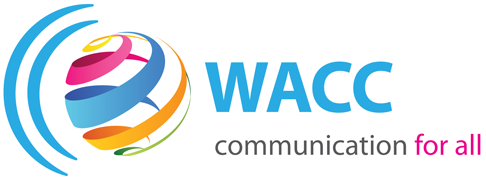
18 Dec 2025 Inclusive communication for Christmas and in the New Year
Being seen and heard means having a voice in shaping your future and that of your community and society.
In a world where too many are invisible and too many voices are silenced, may we help to let the light of inclusive, democratic, and empowering communication shine throughout the world. ✨
Very best wishes from the directors, partners, and staff of WACC this Christmas season and throughout the New Year.
+++
Ser visto y escuchado significa tener voz en la configuración de su futuro y el de su comunidad y sociedad.
En un mundo en el que demasiadas personas son invisibles y demasiadas voces son silenciadas, esperamos poder contribuir a que la luz de una comunicación inclusiva, democrática y empoderadora brille en todo el mundo. ✨
Los mejores deseos de parte de los directores, socios y personal de la WACC en estas fiestas navideñas y durante todo el Año Nuevo
+++
Être vu·e et entendu·e signifie avoir son mot à dire dans la construction de son avenir ainsi que celui de sa communauté et de la société.
Dans un monde où trop de personnes sont invisibles et trop de voix sont réduites au silence, nous souhaitons contribuer à faire rayonner à travers le monde la lumière d’une communication inclusive, démocratique et favorisante. ✨
Les meilleurs vœux des directeurs, des partenaires et du personnel de la WACC pour cette période de Noël et tout au long de la nouvelle année
— Vigil during the Social Climate Summit held in parallel to the UN climate conference COP25. • Vigilia durante la Cumbre Social sobre el Clima, celebrada paralelamente a la conferencia de la ONU sobre el clima COP25. • Veillée lors du Sommet social sur le climat, organisé en parallèle à la conférence des Nations unies sur le climat COP25.
Photo: Albin Hillert/Life on Earth



Sorry, the comment form is closed at this time.